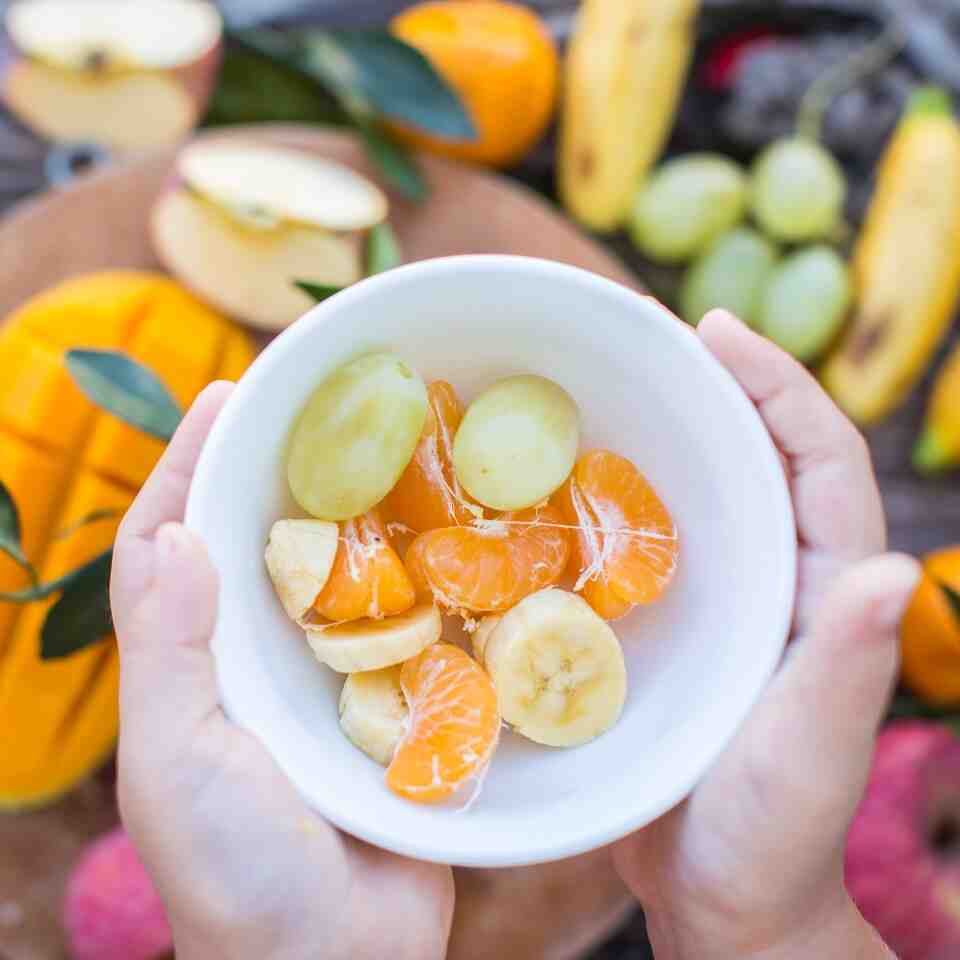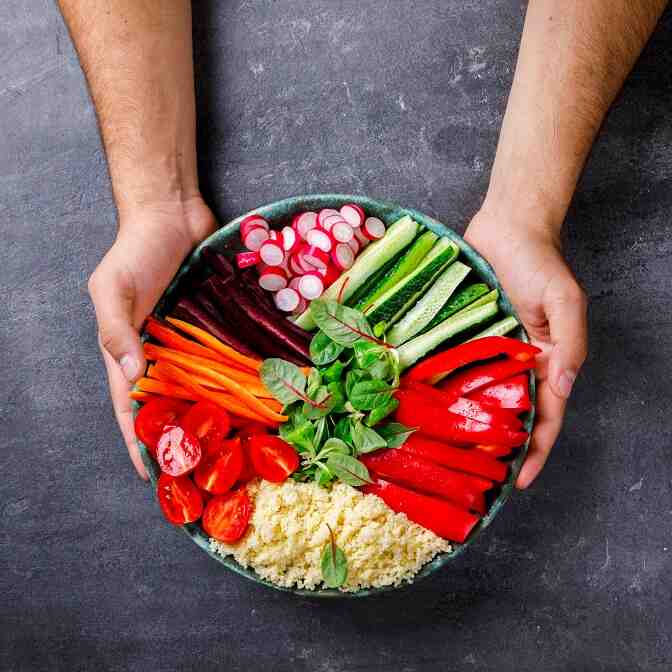How to Read Food Labels for Effective Calorie Control
When it comes to managing your weight or simply maintaining a healthy lifestyle, understanding food labels is an essential skill. Food labels provide important information about the nutritional content of a product, including calorie count, serving size, macronutrients, and micronutrients. By learning how to read and interpret food labels, you can make more informed decisions about the foods you eat and effectively control your calorie intake. In this article, we’ll guide you through the key elements of food labels and how to use them for effective calorie control.
1. Start with Serving Size
The serving size listed on the food label is the most important starting point for understanding the calorie content of the product. Many people make the mistake of looking directly at the calorie count without first checking the serving size. If you eat more than the serving size listed on the label, you’ll be consuming more calories than what’s stated.
For example, if the serving size is 1 cup and the calorie count is 150, but you eat 2 cups, you’re consuming 300 calories, not 150. Always check the serving size and compare it to the portion you’re actually eating to get an accurate idea of how many calories you’re consuming.
2. Check the Calorie Count
Once you’ve identified the serving size, look at the calorie count. The calorie count tells you how many calories are in one serving of the food. If you’re trying to control your calorie intake, this is a critical number to consider.
- Calories from Fat: Some labels also provide the number of calories that come from fat. While this is helpful, it’s not the most important number to focus on for overall calorie control. What matters more is the total calorie count in relation to your daily needs.
- Daily Calorie Needs: The average adult requires between 1,800 and 2,400 calories per day, depending on factors like age, gender, activity level, and health goals. Use this as a guideline to assess whether a particular food item fits into your daily calorie budget.
3. Understand the Macronutrients
Macronutrients—carbohydrates, proteins, and fats—are the primary sources of calories in your diet. The food label will break down these macronutrients, giving you an idea of how they contribute to the overall calorie count. Here’s what to look for:
Carbohydrates
Carbohydrates provide 4 calories per gram. The label will show the total amount of carbohydrates per serving, which includes:
- Total Carbohydrates: This includes all types of carbs, such as starches, sugars, and fiber.
- Dietary Fiber: Fiber is a type of carbohydrate that your body can’t digest. It’s important for digestion and can help with satiety. Fiber is subtracted from the total carbohydrates to calculate net carbs (total carbs minus fiber).
- Sugars: Look at the amount of added sugars, which are typically found in processed foods. These contribute empty calories and can spike blood sugar levels.
Proteins
Proteins provide 4 calories per gram. The label will list the amount of protein per serving. Protein is essential for muscle repair, immune function, and overall health. It can also help you feel fuller for longer, which can help control calorie intake by reducing the urge to snack.
Fats
Fats provide 9 calories per gram, making them the most calorie-dense macronutrient. The food label will provide information on:
- Total Fat: This is the total amount of fat in one serving.
- Saturated Fat: Saturated fats are often linked to heart disease when consumed in excess. Look for foods with lower amounts of saturated fat.
- Trans Fat: This is a harmful type of fat that should be avoided altogether. Many food manufacturers now avoid using trans fats, but it’s still worth checking.
- Unsaturated Fats: These are healthier fats found in foods like nuts, seeds, avocados, and olive oil. They can support heart health and provide a steady source of energy.
4. Look for Nutrient Density
While calories are important, the nutrient density of a food item is also essential. Nutrient-dense foods are those that provide a high amount of vitamins, minerals, and other nutrients relative to their calorie content. These foods are typically whole foods like fruits, vegetables, lean proteins, and whole grains.
On the food label, look for the % Daily Value (%DV) for vitamins and minerals. The %DV tells you how much of each nutrient is in one serving relative to your daily needs. A higher %DV indicates that the food is a good source of that nutrient.
- High %DV: 20% or more is considered high. Choose foods with a high %DV of beneficial nutrients like fiber, vitamins, and minerals.
- Low %DV: 5% or less is considered low. Limit foods with a low %DV of beneficial nutrients and high %DV of nutrients you should consume in moderation, like saturated fat and sodium.
5. Be Aware of Added Sugars
Many processed foods contain added sugars, which contribute to excess calories without providing significant nutritional value. Look for the “Added Sugars” section on the label, which tells you how much sugar has been added during the manufacturing process.
- Limit Added Sugars: The American Heart Association recommends that women limit added sugars to 6 teaspoons (25 grams) per day and men to 9 teaspoons (38 grams) per day. Excessive sugar intake can contribute to weight gain and other health issues like heart disease and diabetes.
6. Watch Out for “Empty Calories”
Empty calories are those that come from foods high in added sugars and unhealthy fats but low in nutritional value. Foods like sugary snacks, soda, and processed snacks often contain empty calories that can quickly add up without providing any substantial nutrients.
When reading food labels, be cautious of foods that have a high calorie count but low nutritional value. These can quickly derail your calorie control efforts, as they don’t contribute to satiety or health benefits.
7. Consider the Ingredient List
The ingredient list is another important part of the food label. Ingredients are listed in order of quantity, from the most abundant to the least abundant. If the first few ingredients are high in sugars, unhealthy fats, or refined grains, it’s likely that the food is not the best choice for calorie control.
Look for whole foods like vegetables, fruits, whole grains, and lean proteins at the top of the ingredient list. Also, be wary of ingredients that you don’t recognize or can’t pronounce, as these may indicate artificial additives or preservatives that don’t support your health goals.
8. Portion Control and Snacks
Snacking can often be a source of excess calories, especially when portion sizes are larger than you realize. When reading labels for snacks, pay special attention to the serving size and the number of servings per package. It’s easy to consume more than one serving of a snack, leading to more calories than you intended.
If you’re looking to control your calorie intake, consider pre-portioning snacks or choosing products that are already packaged in smaller serving sizes.
Conclusion
Reading food labels is an essential skill for effective calorie control and weight management. By understanding serving sizes, calorie counts, macronutrients, and nutrient density, you can make more informed choices that align with your health and weight loss goals. Pay attention to added sugars, unhealthy fats, and empty calories, and focus on nutrient-dense, whole foods that will nourish your body. With practice, reading food labels can become a powerful tool in your journey to healthier eating and better calorie control.
4o mini






